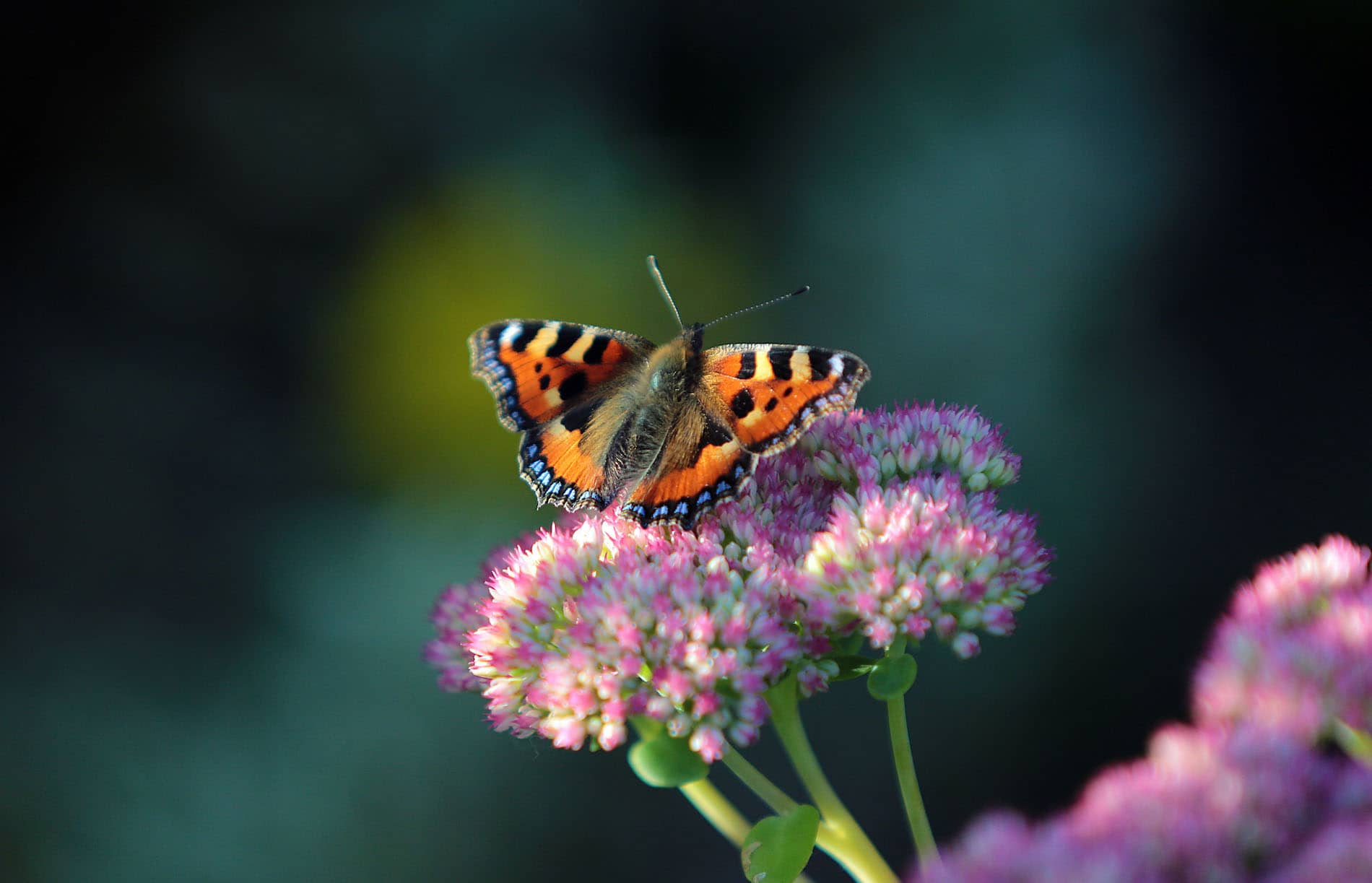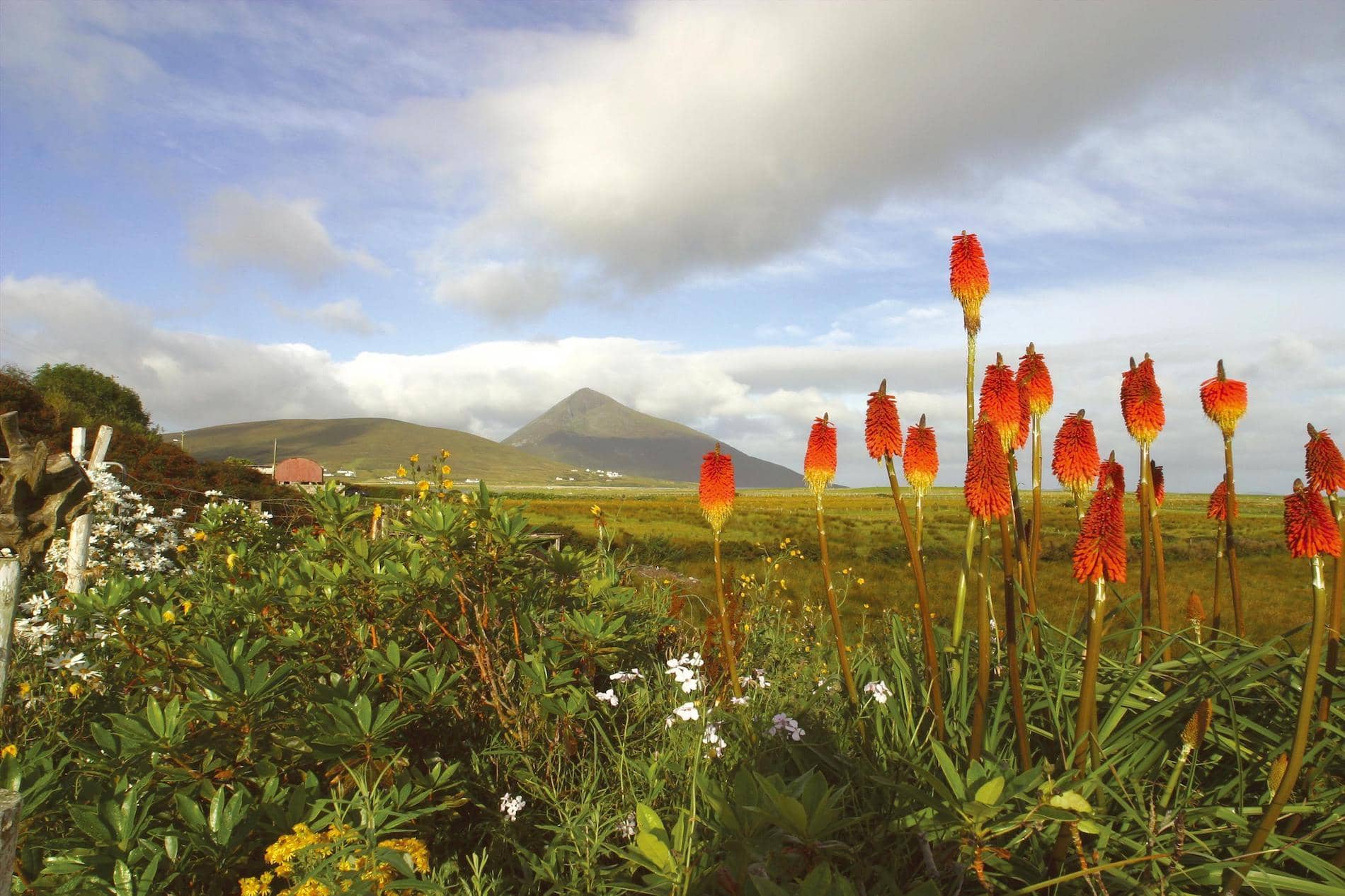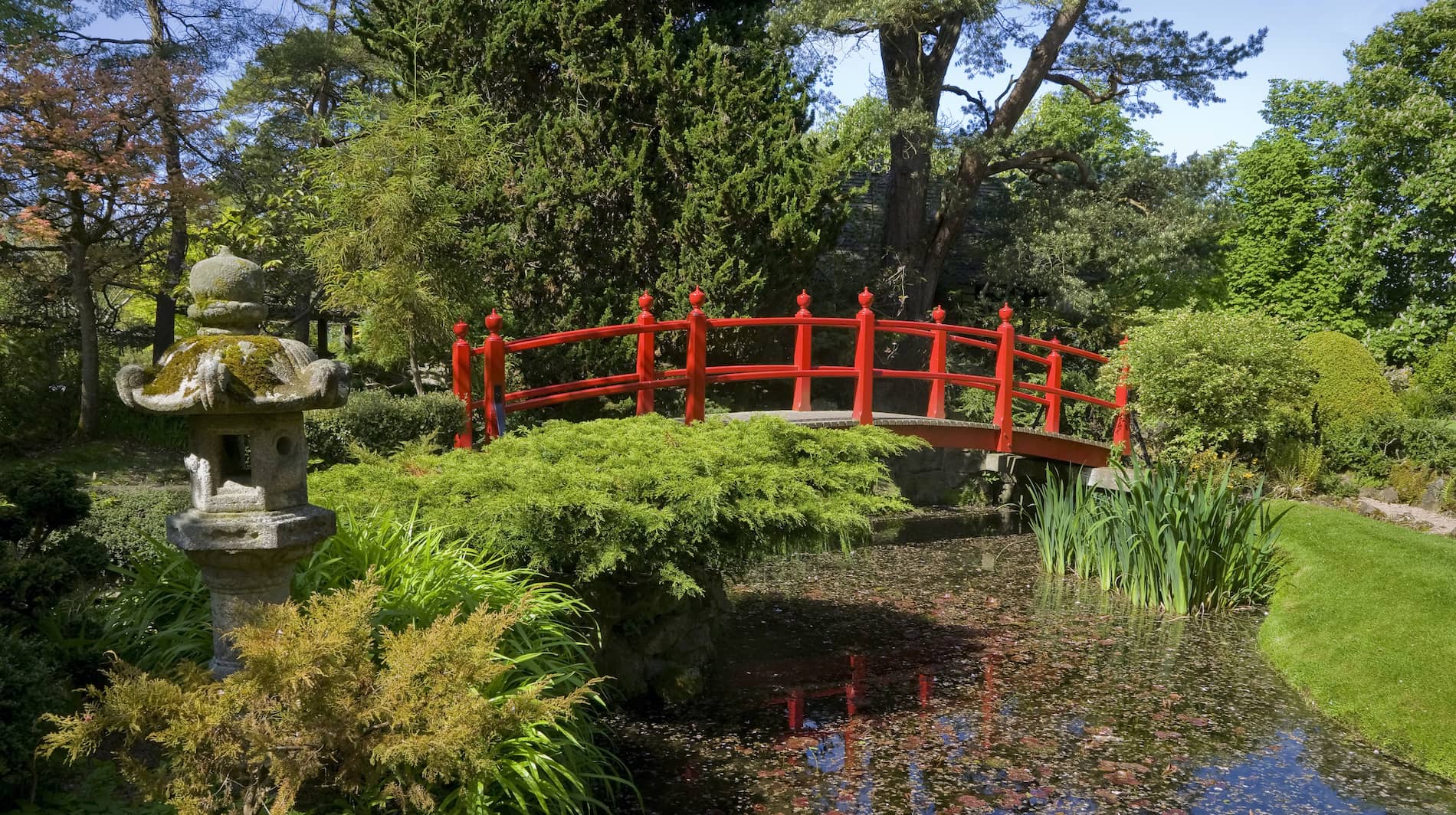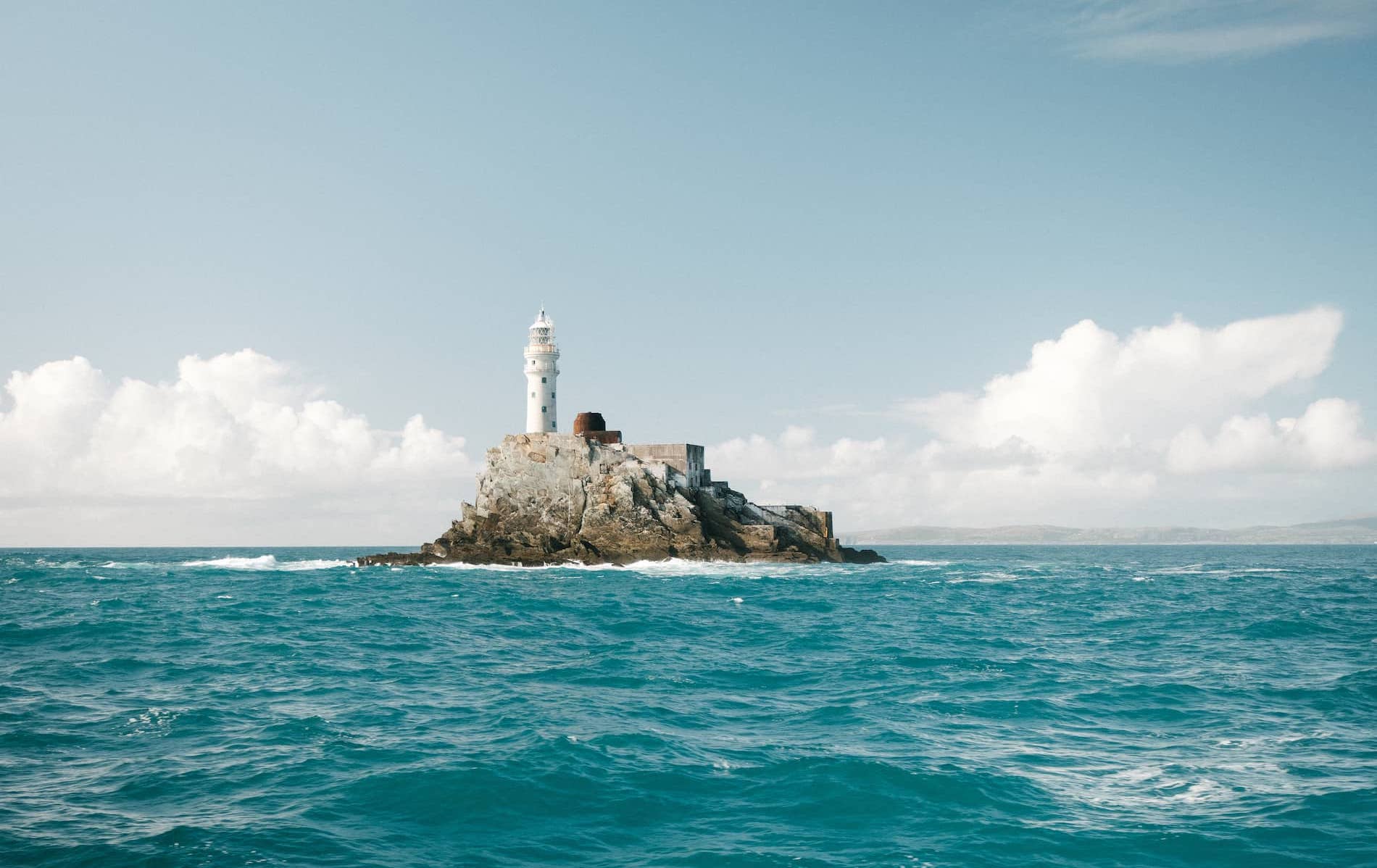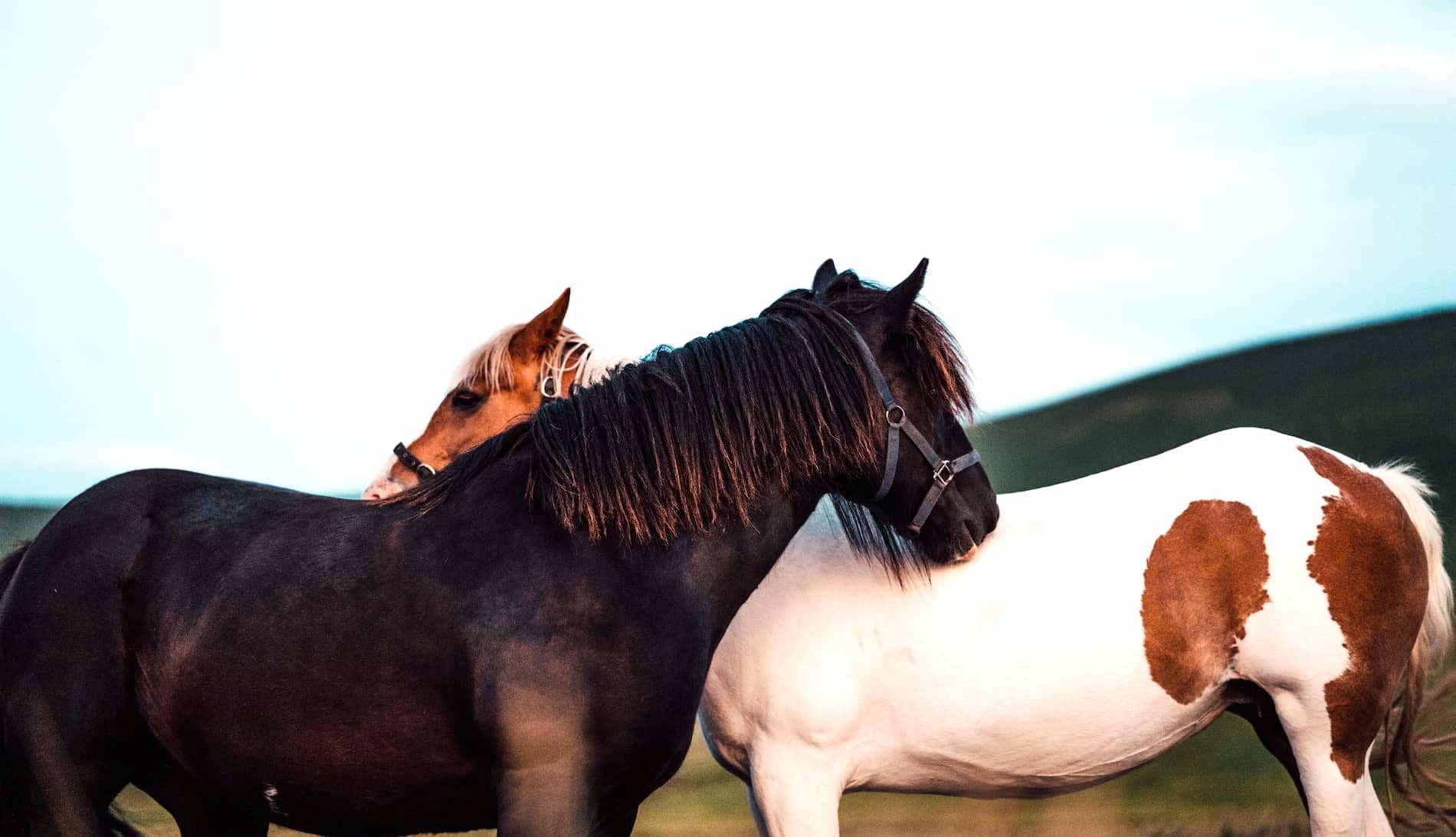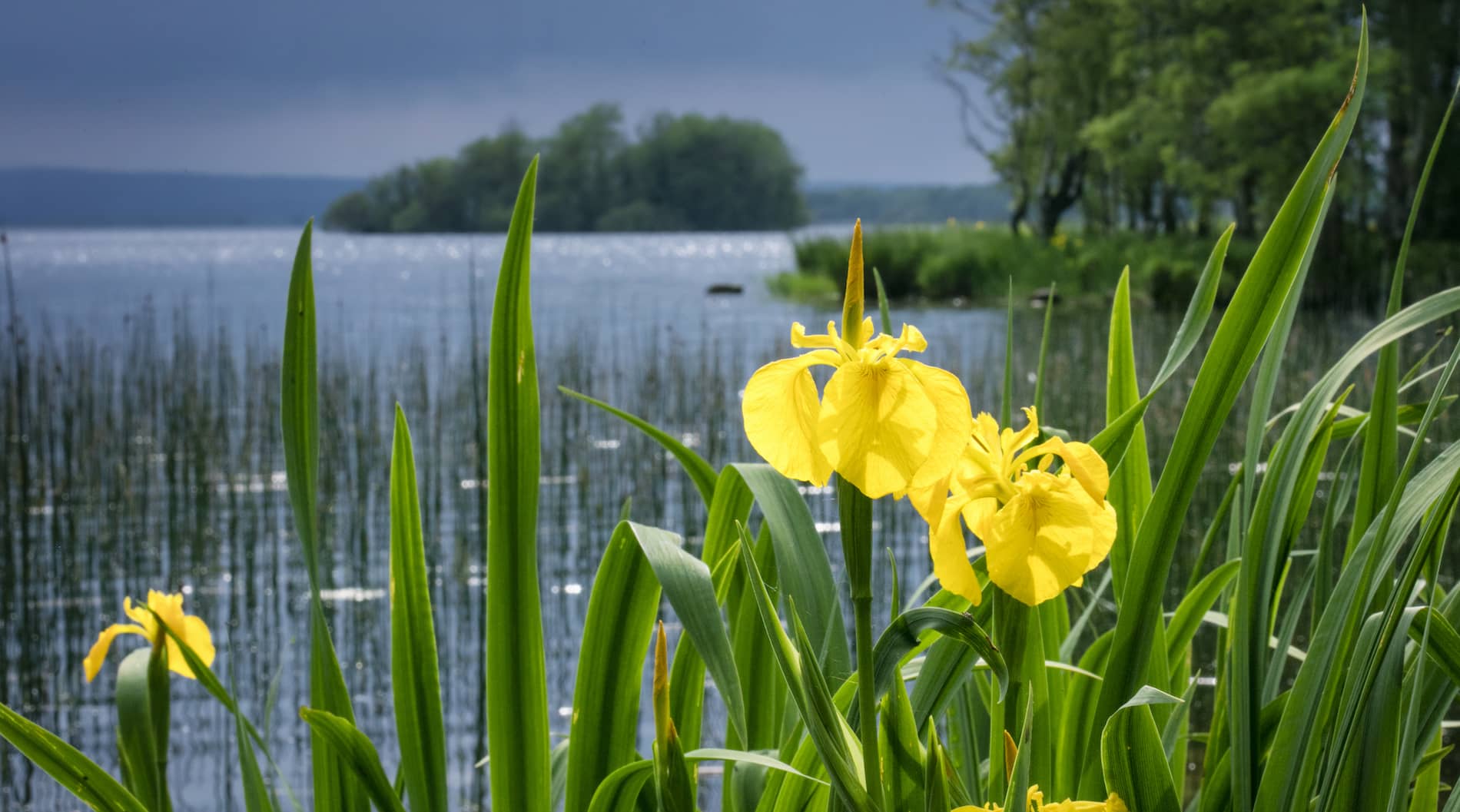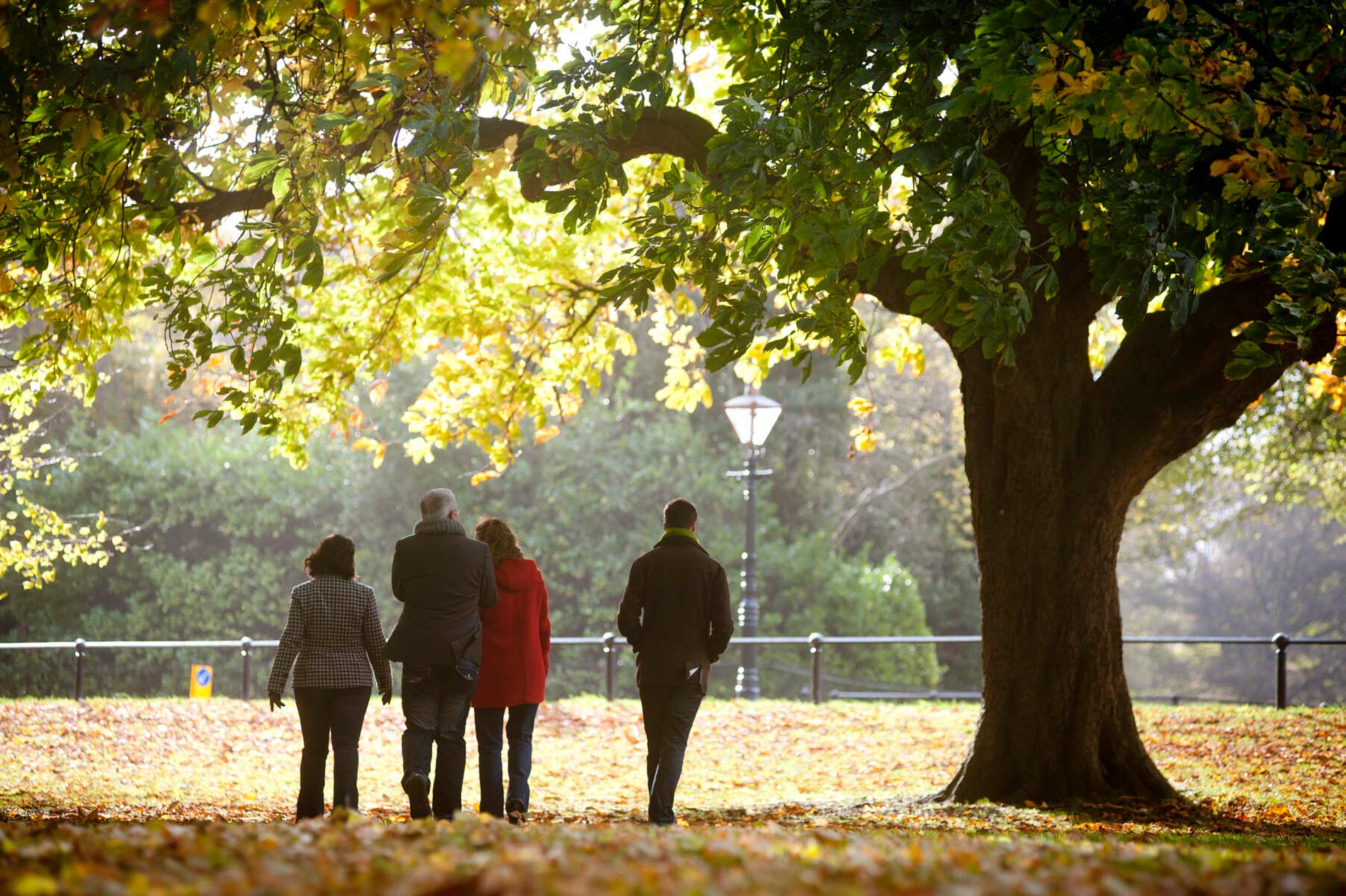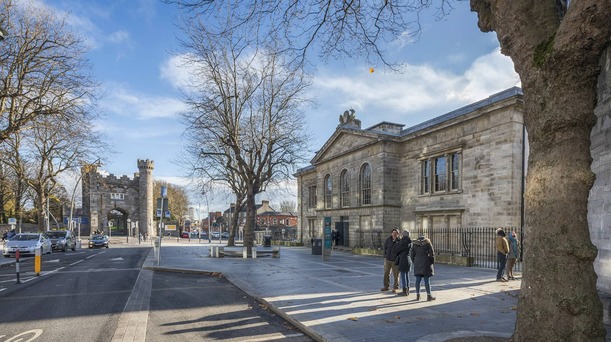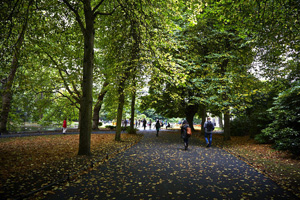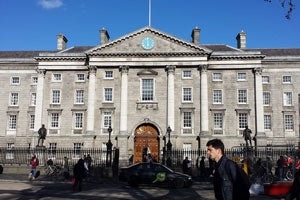The Phoenix Park is a stone’s throw from Dublin’s city centre, but once you enter the gates, you could be a million miles away from the bustling urban hub.
The park was originally the Royal Hunting Park in the 17th century, when it became home to a large herd of wild deer. In fact, those you see roaming freely across the land today are its descendants.
At 1,752 acres, the Phoenix Park is twice as big as New York’s Central Park. Open all year round – its two main gates stay open 24 hours a day – you can enjoy this city oasis for hours if you like. Here's what else you'll find inside…
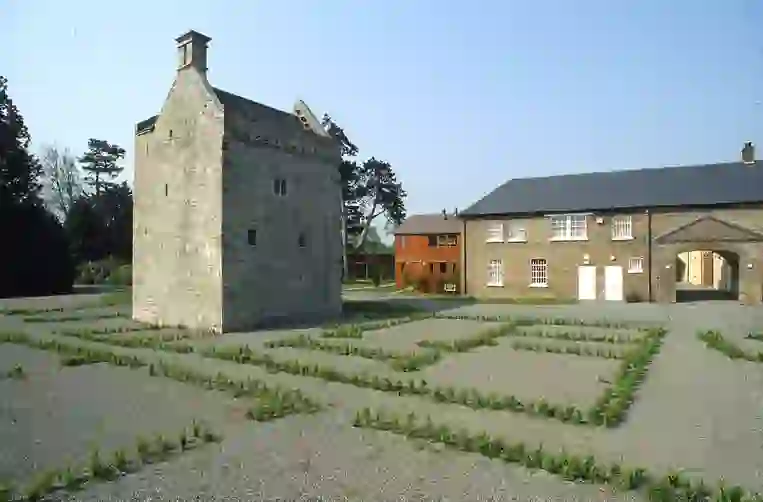
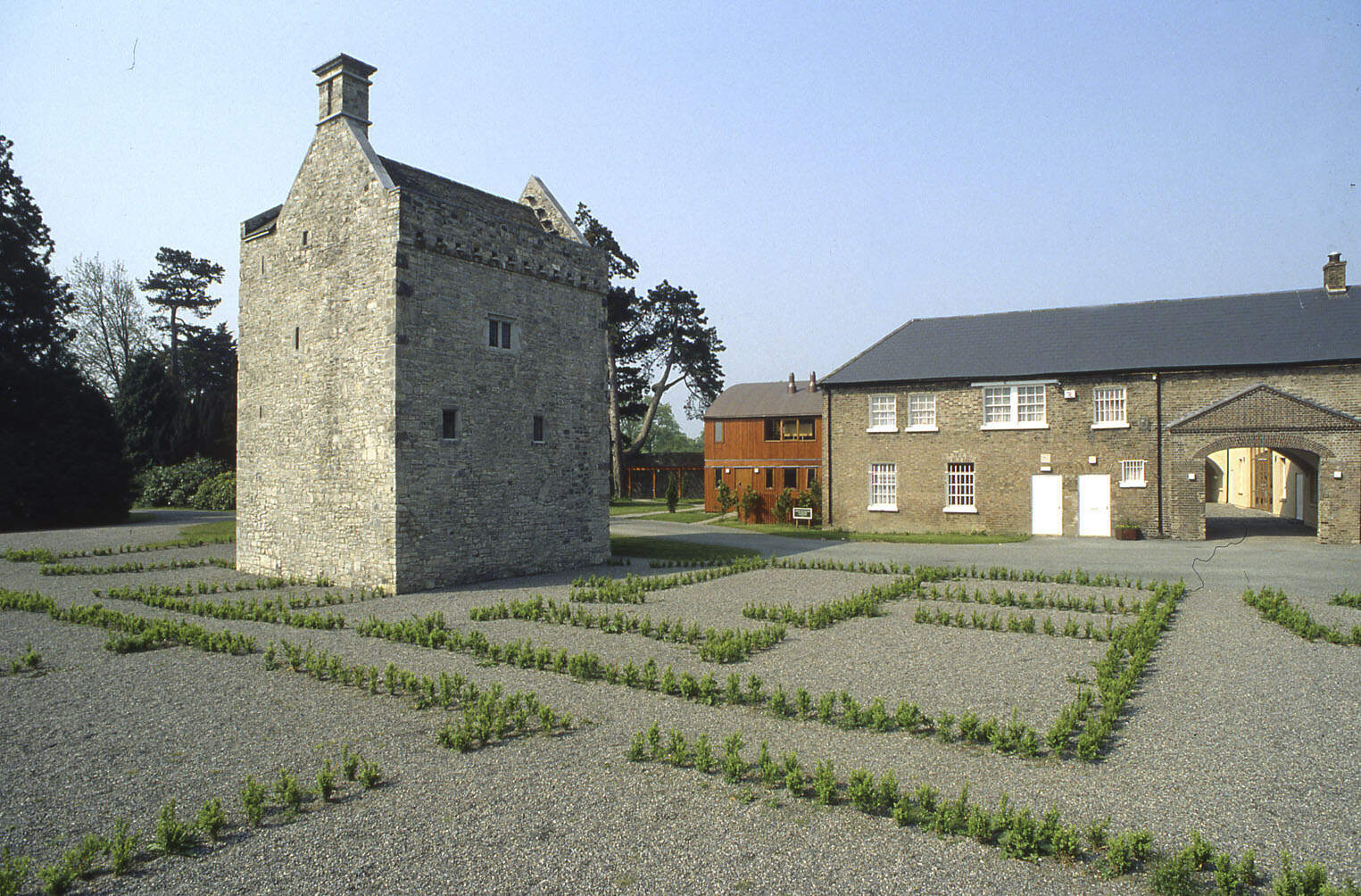
Phoenix Park, Dublin city
Phoenix Park Visitor Centre
Ashtown Castle, dating back to the 15th century, is a medieval tower house that was originally hidden inside the walls of a Georgian mansion until 1978. It’s now part of the Phoenix Park Visitor Centre, which displays historical interpretations of the Park from 3500BC to today.
The Ashtown Demesne also features a 19th century Victorian Kitchen Walled Garden. Its talented gardeners give public talks at 10.30am on the second Saturday each month.
The fourth oldest zoo in the world, Dublin Zoo was established in 1830. It received its first animals as a donation from London Zoo and has grown exponentially since.
It covers 69 acres and houses more 400 animals split into distinct habitats, including the Orangutan Forest, the Kaziranga Forest Trail, Sea Lion Cove, African Savanna and the House of Reptiles.


Dublin zoo, Phoenix Park
baby Orangutan at Dublin Zoo

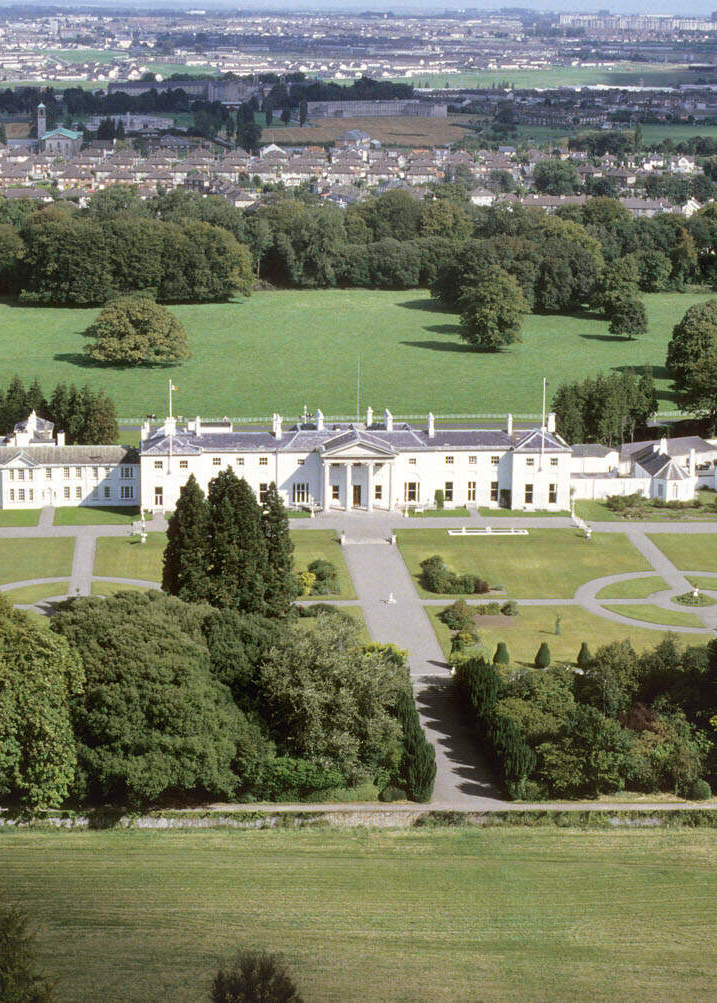
Áras an Uachtaráin, Phoenix Park
The "President’s Residence" is pronounced "aw-rahs on ook-tar-awn" in Irish, and has a colourful history. The original house was built in 1751 by park ranger and amateur architect Nathaniel Clements, and only became the official residence of the Irish President of Ireland in 1938, a year after the role of President was established.
If the neoclassical design, angled three-point portico, stoic Greek columns and white-washed walls look a little familiar, that may be because the Áras is said to have inspired Irish-born architect James Hoban in his design for the White House in the United States. The Áras is open to the public every Saturday.
The candle burning in the window [of the Áras] is an old Irish tradition, to guide the Irish diaspora home.
Lonely Planet
Phoenix Park, Dublin city
L-R: Enjoying a horse and carriage ride; a stag in the park; the Boathouse Café; the clock tower
Used to house visiting dignitaries, Farmleigh House is only accessible to the public by guided tour, but its grounds are open for everyone to enjoy, as is its gallery.
Restored as a unique representation of the Edwardian period (early 20th century), the house has a thoroughly eclectic style. It was built by Arthur Guinness’ great-grandson – the family known for its famous black stout – and many of the artworks and furnishings remain at Farmleigh on loan from the Guinness family. If you’re visiting, check the dates to see if its wonderful food and crafts farmers' market is on in the courtyard behind the gallery.

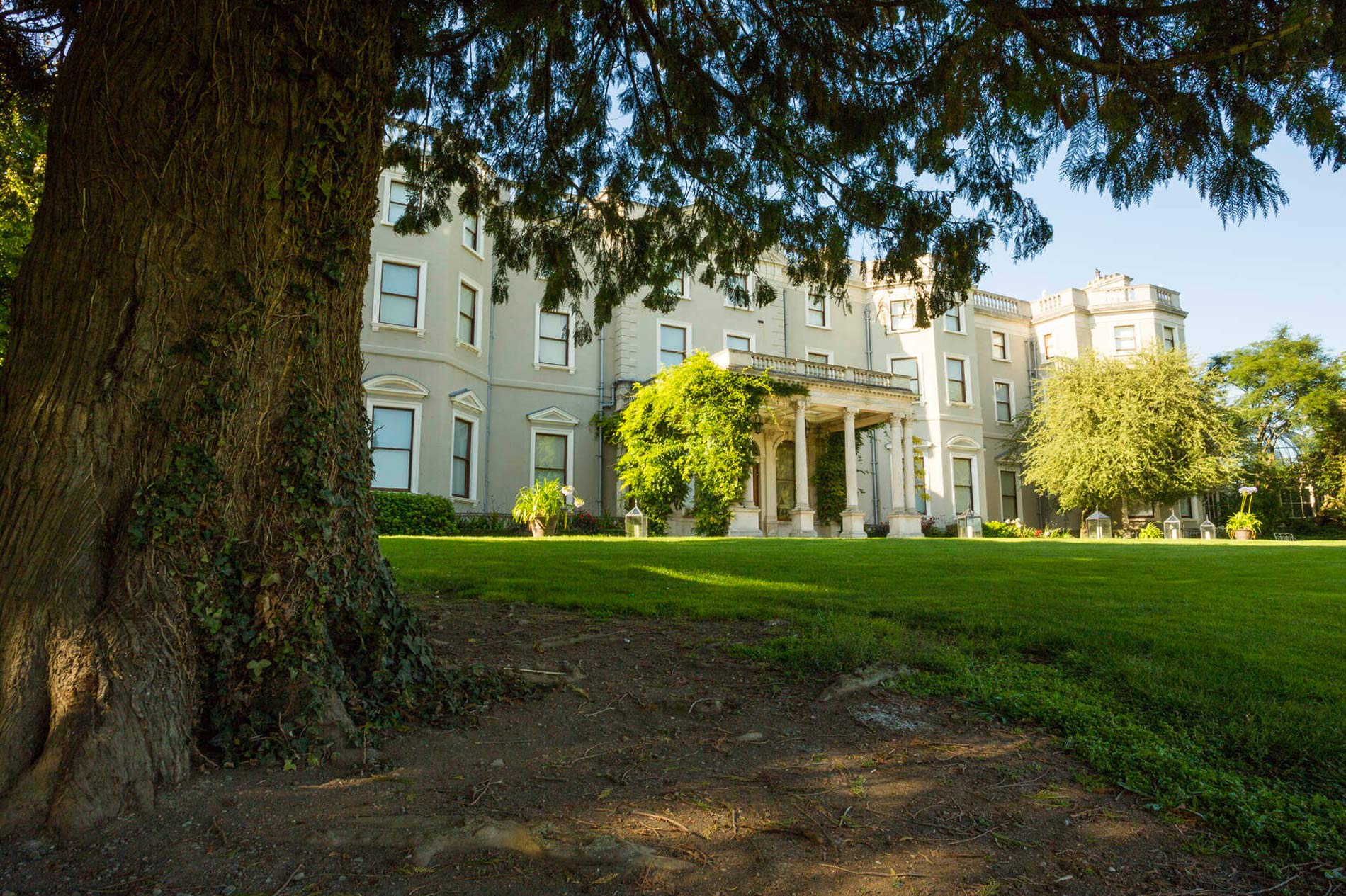
Farmleigh Estate
Located close to the Parkgate Street entrance, the People’s Flower Gardens cover 22 acres and were laid out and enclosed in 1864 to demonstrate Victorian horticulture at its absolute finest. With a large ornamental lake and picnic areas, there’s a lot to be said for eating alfresco right here.
In the 19th century, archaeologists discovered a Viking graveyard in the park, consisting of 40 graves, swords and decorative Viking jewellery.
Did you know

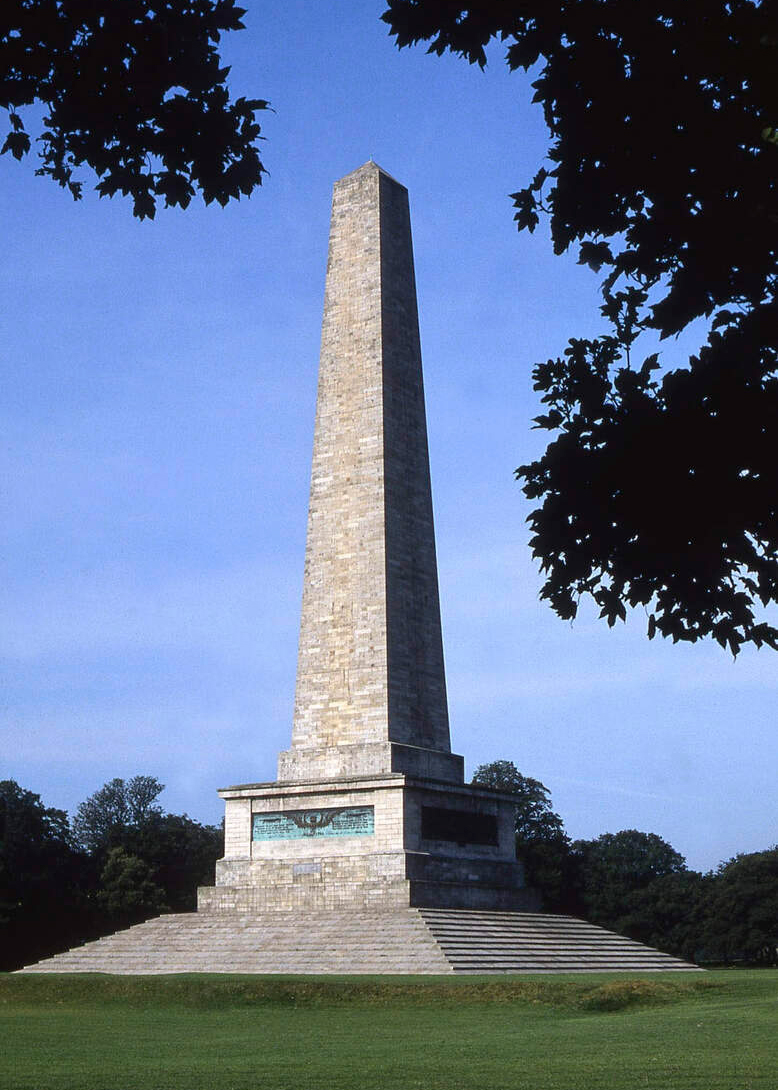
Wellington Monument, Phoenix Park
Almost opposite the People’s Flower Gardens, you’ll find Phoenix Park Bikes, where the team can measure you up and introduce you to the newly extended 14km network of cycle trails that criss-cross the park.
Cycle past impressive monuments, including the Phoenix Monument and the Papal Cross – erected for the open air mass given by Pope John Paul II in 1979 – and the Wellington monument, the largest obelisk in Europe at 62m tall.
You’ll also discover the star-shaped Magazine Fort on St Thomas Hill, close to the Islandbridge Gate. It used to store gun powder and ammunition for the British Army, and is open for tours daily (note: tours start at the Phoenix Park Visitor Centre).





